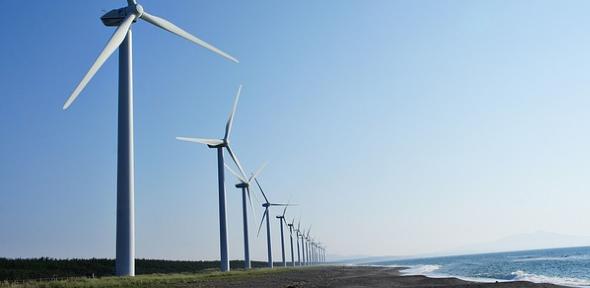
Researchers from Cambridge Centre for Smart Infrastructure and Construction (CSIC) will join a £7.7 million collaborative project set up to drive new standards for safer, greener, more cost-effective UK infrastructure.
Funded by the Engineering and Physical Sciences Research Council (EPSRC), the ROSEHIPS (Revolutionising Operational Safety and Economy for High-value Infrastructure using Population-based SHM) project will aim to solve the infrastructure asset management problem in the UK for maintaining our buildings and structures, such as bridges and transport networks, via transformative new research to automate health monitoring.
Instead of expensive scheduled inspections, diagnoses can be provided economically by permanently-installed sensors, collecting structural data continuously and interpreting it via computer algorithms. Using Population Based Structural Health Monitoring (PBSHM), the project will develop machine learning, sensing and Digital Twin technology for automated inference of health for structures in operation now, and drive new standards for safer, greener structures in future.
Led by researchers at the University of Sheffield, the project involves the University of Cambridge, Queen’s University Belfast and the University of Exeter, combining sensor development, machine learning and civil engineering expertise. Key industry partners include Northern Ireland Department for Infrastructure, Translink, Arqiva, Cellnex (UK) and Siemens Gamesa. The team at CSIC will contribute expertise in data-centric engineering and foundational statistical machine learning in delivering efficient PBSHM algorithms.
Healthy infrastructure is critical to ensuring the continued functionality and growth of UK society and the economy. Unfortunately, monitoring and maintaining our buildings and transport network is expensive; in the UK, a backlog of maintenance works, identified in 2019, will cost £6.7bn.
The offshore wind (OW) sector is another area for concern. OW has driven down energy costs and increased power output, pioneering a global change to clean energy. The UK leads globally in OW energy, providing almost one third of the UK's annual electricity demand and helping meet the UK’s net-zero-by-2050 target. The drive for turbines in deeper water demands new ways of asset management, controlling and limiting operation/maintenance lifetime costs. As turbines increase in numbers, size, and capacity, these issues become even more important.
Read the full original Cambridge Centre for Smart Infrastructure and Construction article.
Image credit: Orange32

